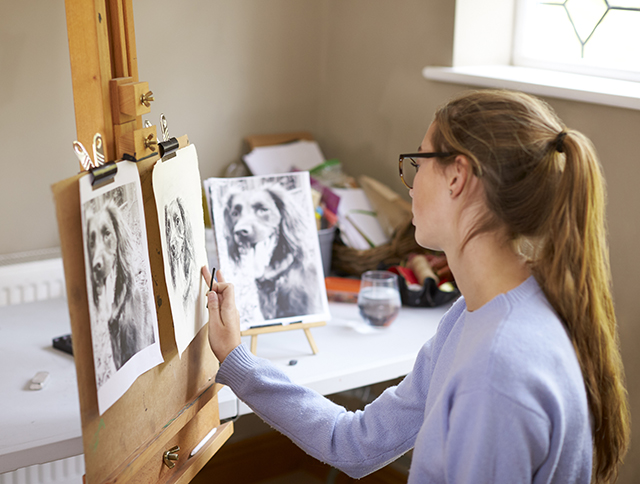In the intricate process of film and animation production, where creativity converges with meticulous planning, storyboarding emerges as a pivotal tool. Often overlooked by the audience, storyboarding serves as the backbone of visual storytelling, offering a blueprint for directors and animators to craft immersive narratives. In this article, we delve into the profound impact of storyboarding on the production process, shedding light on the crucial role of the concept artist in bringing these visual blueprints to life.
The Foundation of Visual Narratives
Storyboarding, in essence, is the art of visual storytelling in its embryonic form. It involves illustrating a sequence of frames that represent key moments in a script or concept. These frames serve as a visual guide, mapping out the composition, camera angles, and pacing of each scene. From establishing shots to character interactions, storyboarding provides a visual roadmap that streamlines the production process and fosters cohesive storytelling.
Introducing the Concept Artist
At the heart of storyboarding lies the concept artist, whose creative vision breathes life into the script or concept. Armed with a blend of artistic talent and narrative insight, the concept artist transforms abstract ideas into tangible visuals. Their role is not merely to sketch scenes but to imbue them with emotion, atmosphere, and visual flair. Whether crafting intricate landscapes or character designs, the concept artist lays the foundation upon which the entire production rests.
The Artistry of Storyboarding
Storyboarding is an art form in its own right, requiring a delicate balance of creativity and technical skill. Each frame must convey the essence of the scene, capturing the mood, tone, and dynamics of the narrative. From the sweeping vistas of a fantasy realm to the intimate close-ups of a heartfelt conversation, every detail matters in storytelling. The concept artist’s ability to evoke emotion through composition, lighting, and visual storytelling elevates the storyboard from a mere blueprint to a work of art.
Enhancing Collaboration and Communication
Storyboarding serves as a universal language that bridges the gap between imagination and execution. It facilitates communication and collaboration among directors, producers, cinematographers, and animators, ensuring that everyone is aligned with the creative vision. Through storyboards, complex ideas can be conveyed visually, fostering a shared understanding of the narrative direction. The concept artist plays a vital role in this process, translating the director’s vision into visually compelling frames that serve as a guiding light throughout production.
Streamlining the Production Process
In the fast-paced world of film and animation production, efficiency is key. Storyboarding helps streamline the production process by providing a clear roadmap for the creative team to follow. Directors can experiment with shot compositions, pacing, and visual effects in the storyboard phase, saving time and resources during filming or animation. The concept artist’s ability to visualize complex scenes and sequences allows for smoother production workflows, minimizing guesswork and maximizing creative potential.
Pushing the Boundaries of Creativity
Beyond its practical applications, storyboarding also fosters creativity and innovation. It encourages filmmakers and animators to think outside the box, exploring new narrative techniques and visual styles. The concept artist, with their unique perspective and artistic sensibilities, plays a crucial role in pushing the boundaries of storytelling. Whether experimenting with unconventional camera angles or incorporating surreal imagery, they infuse the storyboard with creativity and imagination, inspiring awe and wonder in audiences worldwide.
Conclusion
In conclusion, storyboarding stands as a cornerstone of film and animation production, shaping the way stories are told and experienced. From the visionary concept artist to the collaborative efforts of the creative team, every aspect of the storyboard contributes to the success of the final product. As technology continues to evolve and storytelling evolves with it, one thing remains constant: the power of storyboarding to captivate, inspire, and unveil the boundless possibilities of visual storytelling. Inquire here to add effects on your storyboarding.



